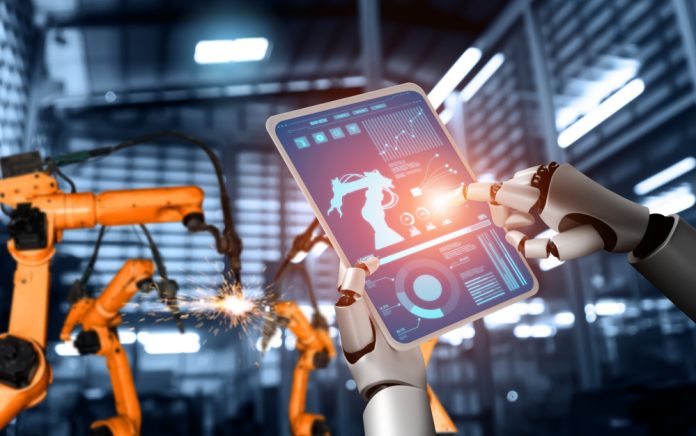In the heart of India’s industrial transformation, smart manufacturing powered by IoT (Internet of Things) and AI (Artificial Intelligence) is leading the charge. The adoption of these cutting-edge technologies is not only improving operational efficiency but also reducing costs and opening new avenues for growth. As Indian industries move forward into the digital era, smart manufacturing is quickly becoming a key pillar of success.
The Role of IoT and AI in Manufacturing
IoT enables manufacturers to connect their machines, sensors, and systems to the internet, allowing them to collect, share, and analyze data in real-time. Through the integration of AI, manufacturers can now analyze massive amounts of data to predict trends, improve decision-making, and automate processes.
This convergence of IoT and AI results in smarter factories that operate efficiently, with minimal human intervention. Predictive maintenance, for example, is one of the key innovations enabled by IoT and AI. Instead of waiting for machines to fail, manufacturers can now predict when a machine is likely to break down and schedule maintenance before it impacts production, saving time and money.
Impact on Operational Efficiency
The integration of smart sensors in machinery has allowed for constant monitoring and adjustments, which leads to improved product quality and less waste. AI-driven automation takes over repetitive and manual tasks, freeing human workers for more complex roles.
The ability to track and monitor production processes in real-time is improving overall factory performance, increasing throughput, and reducing downtime.
CII (Confederation of Indian Industry) and the IMTMA (Indian Machine Tool Manufacturers’ Association) are at the forefront of pushing for automation in India’s manufacturing sector.
They are advocating for Industry 4.0, encouraging the use of intelligent machines that can not only communicate with one another but also learn from their environment and make autonomous decisions to optimize performance.
Examples of Indian Manufacturers Leading the Charge
Several Indian manufacturers are already leveraging IoT and AI to their advantage. For example, companies in the automobile sector are using AI-powered robots for assembly line automation, significantly reducing human error and improving efficiency.
Meanwhile, textile manufacturers are adopting IoT sensors to monitor fabric quality, minimizing waste and ensuring consistency in production.
Challenges and the Road Ahead
Despite the promising advantages, the adoption of smart manufacturing in India is not without challenges. One of the primary obstacles is the cost of implementation. Small and medium enterprises (SMEs) often lack the capital to invest in advanced technologies, which can limit their ability to compete in the global market.
Additionally, the skills gap remains a significant hurdle. Workers in traditional manufacturing roles may require reskilling to effectively operate and manage new AI-powered systems.
However, initiatives from industry bodies like CII and IMTMA are helping bridge these gaps by offering training and resources to upskill the workforce.
As India moves forward, IoT and AI will continue to shape the future of manufacturing, driving the next wave of digital transformation. For India to remain competitive on the global stage, there is a need for more widespread adoption of these technologies, along with robust government support and industry collaboration.












